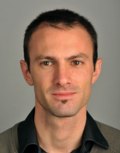SFMC OFFICERS
PRESIDENT Michel GREGOIRE
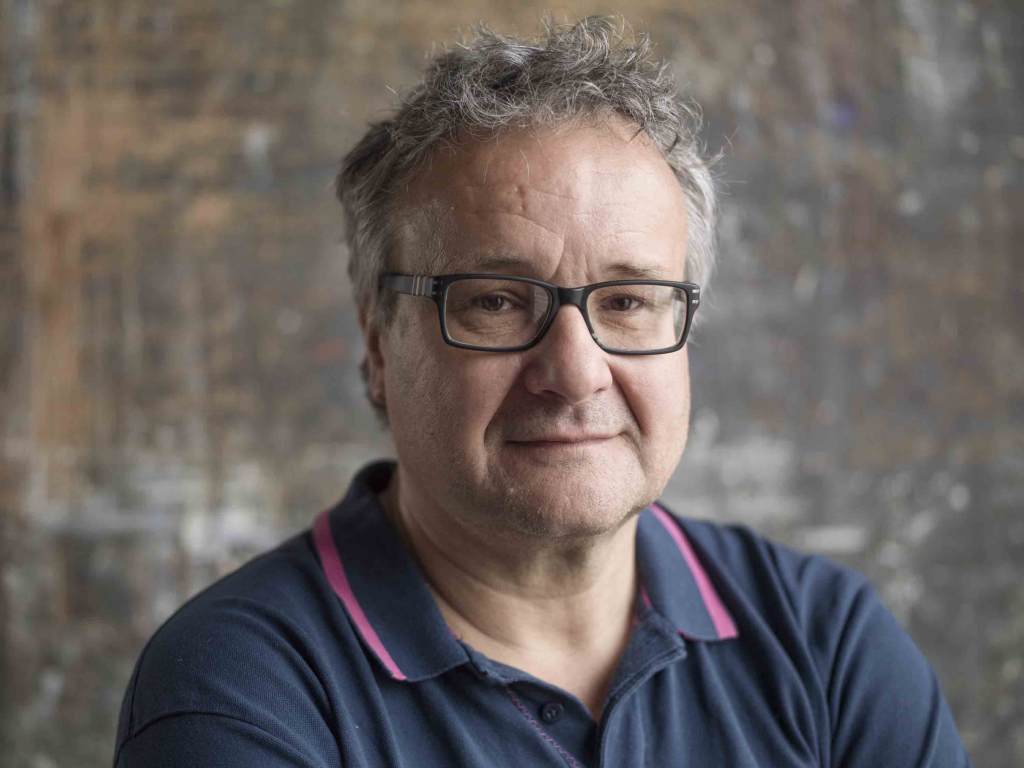
Michel Grégoire is a CNRS director of research working in Toulouse in the “Géosciences Environnement Toulouse » (GET) laboratory. Michel is a petrologist interested in the origin and evolution of mantle, magmatic and metamorphic rocks with mafic and ultramafic composition, in continental and oceanic domains. To carry out his research, he uses optical and electron microscopy together with laser ablation ICP-MS.
VICE-PRESIDENT Jean-Marc MONTEL
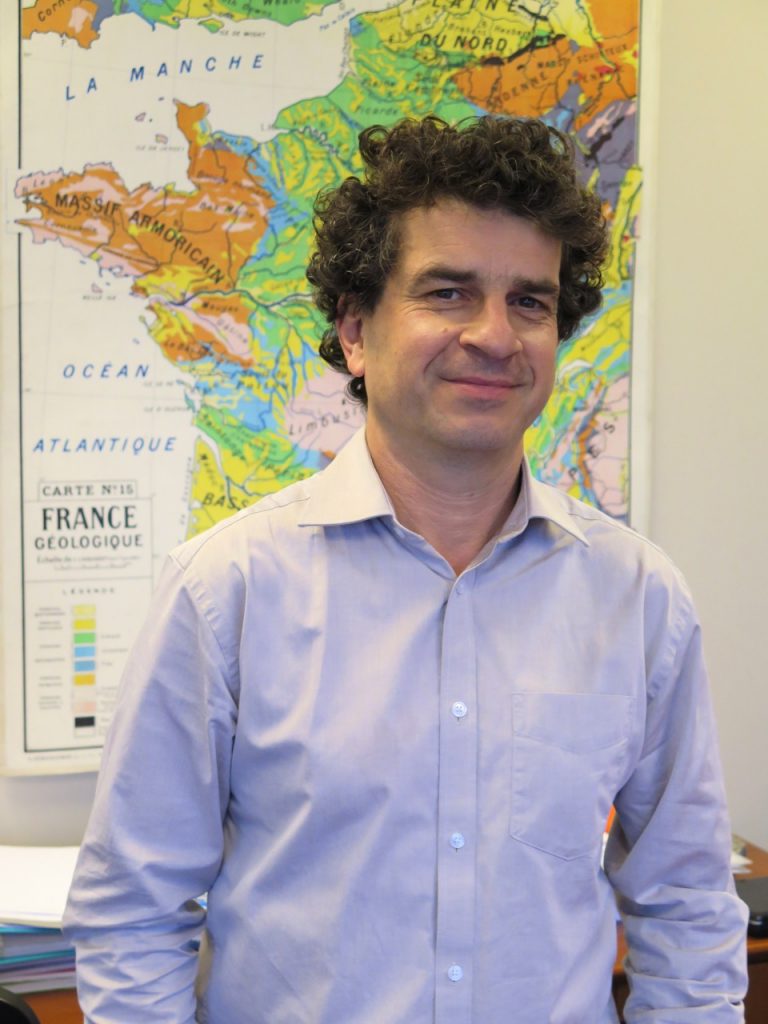
Jean-Marc MONTEL is an engineer who graduated from École nationale supérieure de géologiein 1982 and obtained a Ph.D. from the Institut national polytechnique de Lorrainein 1987 for his experimental geochemistry work supervised by Michel Pichavant and Alain Weisbrod. He worked in Clermont-Ferrand as a CNRS researcher from 1988 to 1999 at the Laboratoire Magmas et Volcansin the experimental petrology research team. His work then was focussed on partial melting of the continental crust. In 1994, he established the U-Th-Pb dating method with electron microprobe. He moved to Université Paul Sabatier of Toulouse in 1999 where he was awarded a professorship. There he mostly worked on synthesising monazite-based ceramics for long-term nuclear waste storage. He was assistant director then director of the LMTG laboratory (now Géosciences Environnement Toulouse) from 2003 to 2008. Since 2008 he is director of École nationale supérieure de géologie in Nancy.
VICE-PRESIDENT Armand MASION

Armand Masion is a CNRS researcher working at the CEREGE research department in Aix-en-Provence. A physical chemistry graduate, he has worked on the nucleation and growth of colloids and on their speciation in environmental systems, in an effort to understand the migration of colloids and their role in the migration of pollutants and nutrients. His current research is focussed on the environmental implications of nanoparticles and nanomaterials. Armand uses spectroscopic tools to identify processes of formation and interaction of particles at molecular scale.
SECRETAIRE GENERAL Marc BLANCHARD
Marc Blanchard is a CNRS director of research working in Toulouse in the “Géosciences Environnement Toulouse » (GET) laboratory. He has interest in processes controlling isotopic fractionation, in the crystal chemistry of mineral phases with environmental importance and in the crystal chemistry of volatiles in the mantle. To this end, Marc mainly uses molecular-scale modelling techniques and spectrosopy.
SECRETAIRE GENERAL ADJOINT Etienne BALAN
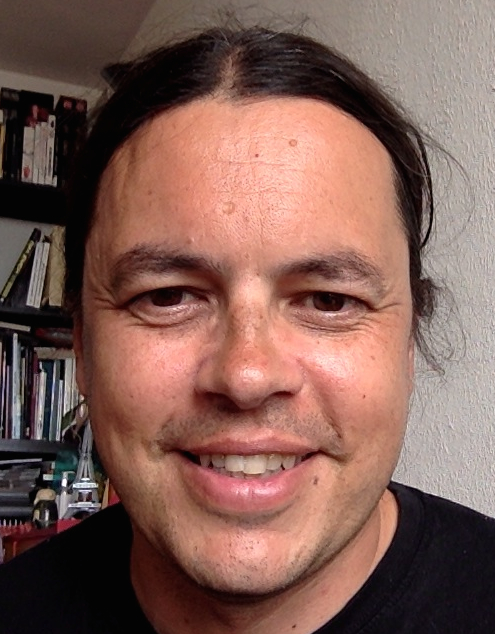
Researcher at the Institut de Recherche pour le Développement (IRD). His research work, conducted at the Institut de Minéralogie et Physique des Milieux condensés (Paris VI University), focus on the use of minerals to trace tropical climate alteration processes and geochemical cycles acting on the Earth’s surface. He uses spectroscopic tools to determine the individual characteristics of mineral categories, linked to the presence of specific defects. In parallel, he uses theoretical numerical tools to interpret spectroscopic measurements and to model the physico-chemical properties of these minerals.
TRESORIER Christian CHOPIN
CNRS Research Director, in the Laboratoire de Géologie de l’Ecole normale supérieure (Paris). His main interests are metamorphic and experimental petrology, phase relations, fluid-rock interactions, and the characterisation and crystallochemistry of minerals, especially silicates and phosphates. He was managing editor of the European Journal of Mineralogy from 2001 to 2018.
TRESORIER ADJOINT Pierre LANARI
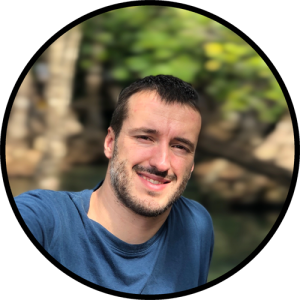
Pierre is assistant professor at the Institute of Geological Sciences (University of Bern), where he works in the field of metamorphic petrochronology. He has become an expert in both chemical and isotopic analyses using electron microprobe and Laser Ablation Inductively Coupled Plasma Mass Spectrometry. He has also developed a software solution (XMapTools) for quantitative micromapping analysis. Compositional mapping is combined with U-Th-Pb dating of accessory minerals to constrain the crystallisation kinetics and conditions of mineral formation and re-equilibration, especially in high-pressure and high-temperature rocks.
REDACTRICE DU BULLETIN / CORRESPONDANTE “ELEMENTS” Mary-Alix KACZMAREK
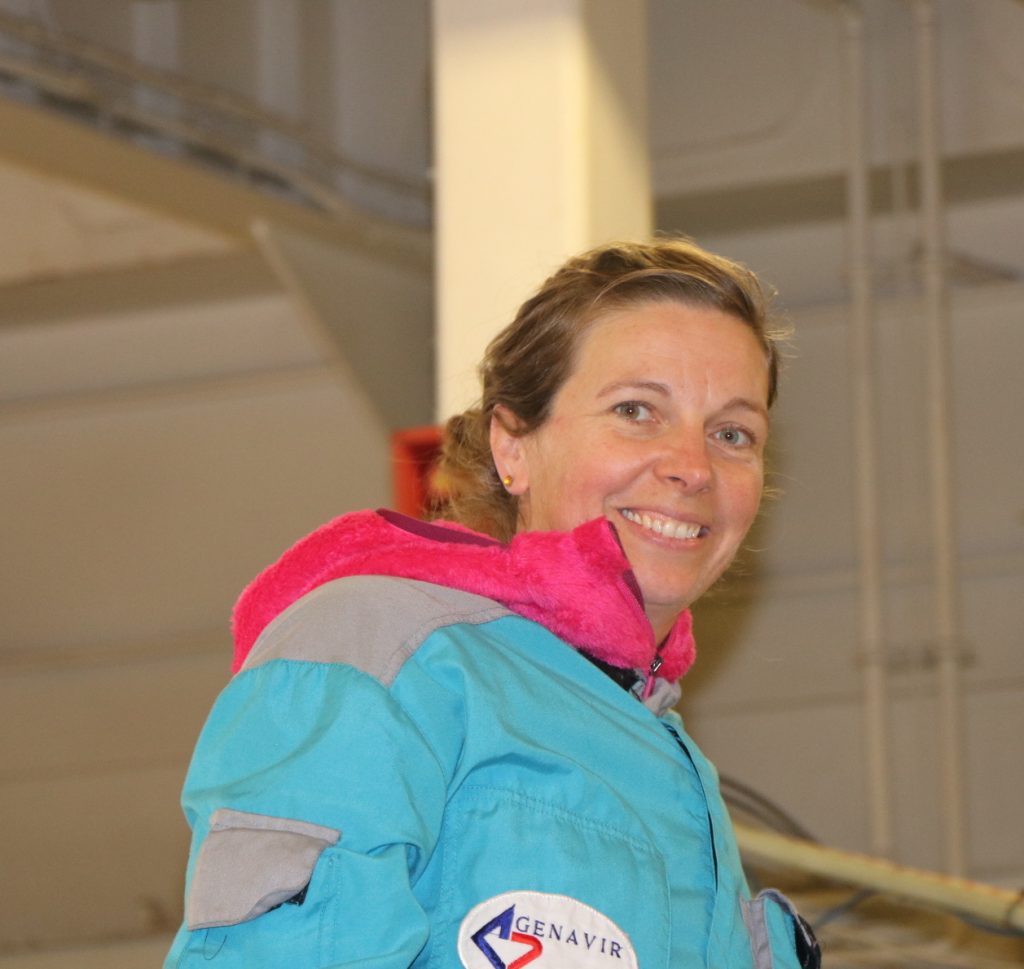
Mary-Alix Kaczmarek is an associate professor at University Paul Sabatier Toulouse and she conducts her research at Géosciences Environnement Toulouse (GET). She is a field Geologist and a petrologist interested by magmatic processes and mantle deformation of the Earth, other planets and planetesimal bodies. Her currents projects are about the oceanic-crust, ocean-continent transition, and achondrite meteorites. Her preferred methods of analysis are optical and electronic microscopes, microprobe, and laser coupled with an ICP-MS.
MEMBRES DU CONSEIL
CONSEILLERS SCIENTIFIQUES (mandat 2020-2023)
Laura Airaghi
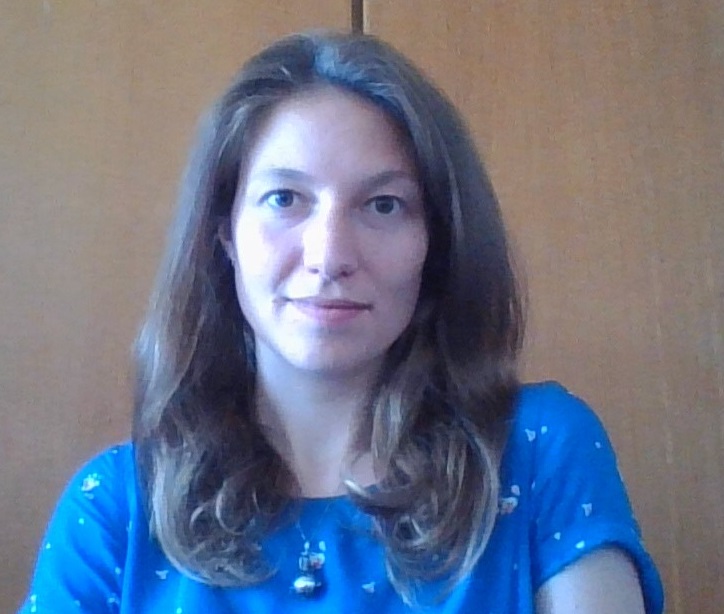
Laura Airaghi is a university lecturer at the University of Orléans. She investigates the link between metamorphic reactions (including phyllosilicates) and deformation to better understand the mechanisms that control mineral replacement and the record of the P-T-t-d paths in the mid-upper continental crust. Recently, she explored the link between hydrothermal alteration in granites and strain localization and she started to set up analogue laboratory experiences of deformation in the Griggs apparatus.
Muriel Andreani
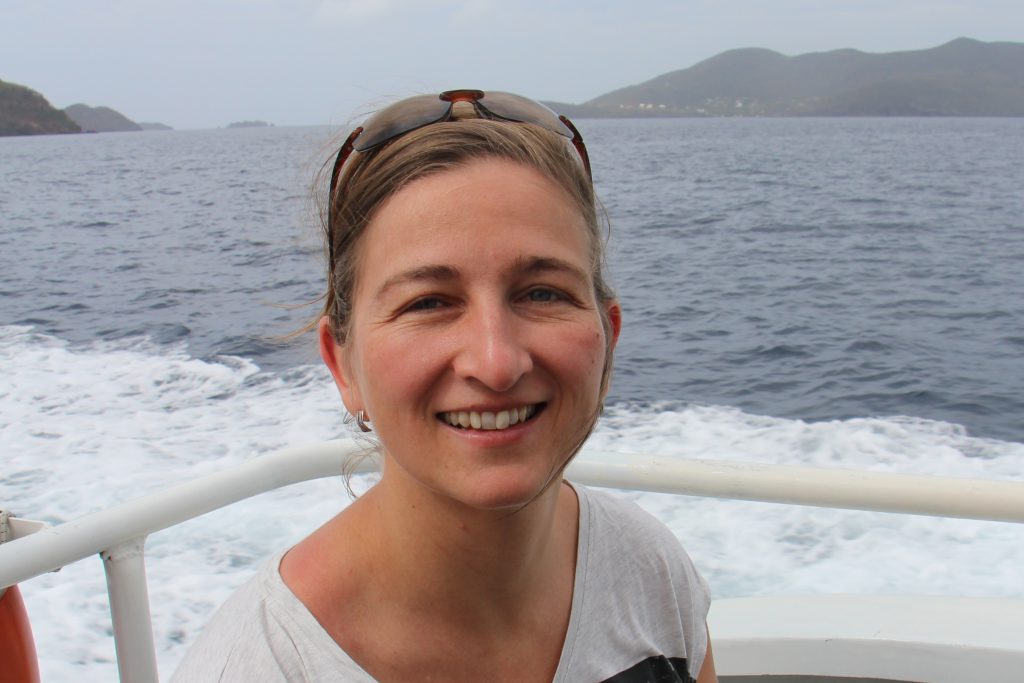
Full professor at the Université Claude Bernard, Lyon 1. She is working on the various aspects of fluid-rock interactions in the lithosphere (mechanisms, nature, and kinetic of reactions) and their rheological and geochemical implications. Using a structural, petro-geochemical and mineralogical analysis she is more specialized in oceanic systems (ocean spreading ridges and faults). She combines field work, on land or at sea during oceanographic cruises, with hydrothermal experiments in the lab.
Hervé Cardon

Hervé Cardon is a CNRS Engineer working at the laboratoire de géologie de Lyon. He is a specialist of high-pressure and high-temperature experiments combined with in-situ analysis. His work is focused on the investigation of fluid-mineral interactions from hydrothermal conditions to upper mantle conditions. The goal is to understand the possible consequences for life appearance and microbiological activity at the mineral surface.
Camille Cartier
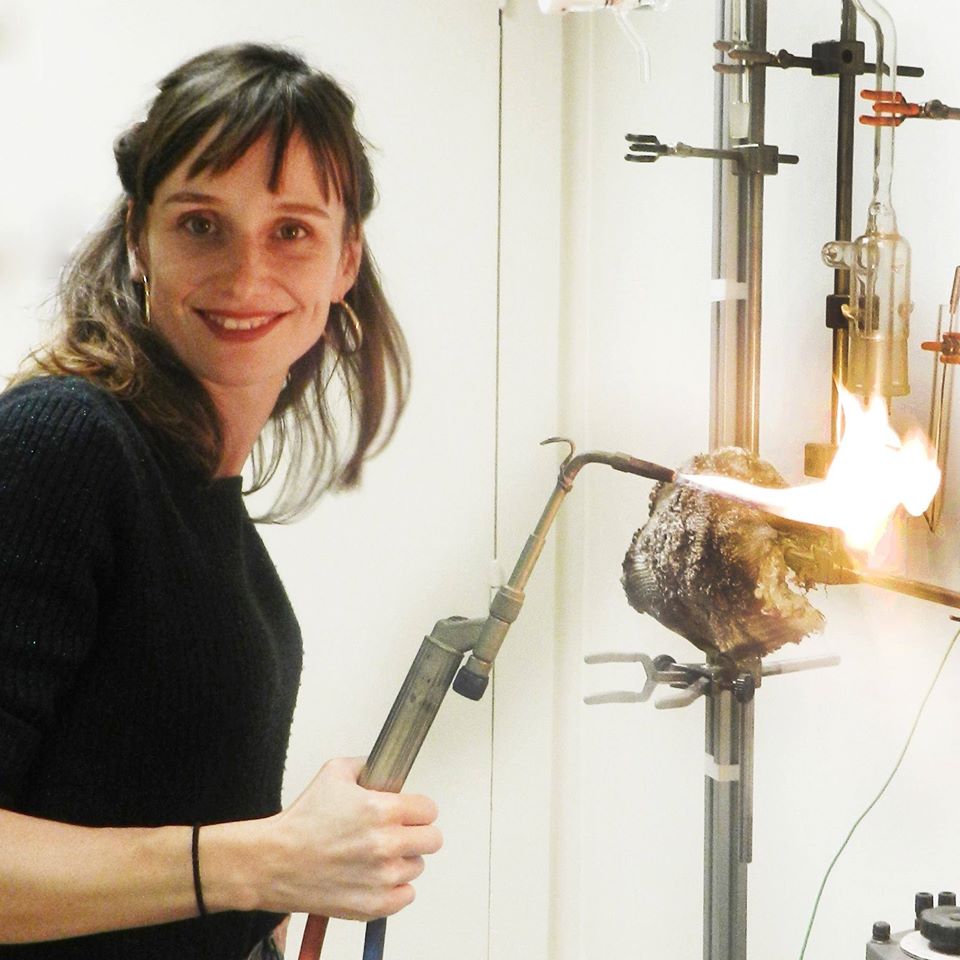
Camille Cartier is a young assistant professor teaching at the University of Lorraine (France). Her research, conducted at the CRPG (Nancy, France), is focused on magmatic and cosmochemical processes that have led to the formation and evolution of planetary bodies (Earth, Moon, Mercury, asteroids…). Combining experimental petrology, geochemistry and thermodynamical modelling, she works on several topics, linked by a common thread: the impact of the “oxygen fugacity” parameter on phase equilibria and trace element partitioning.
Laura Creon
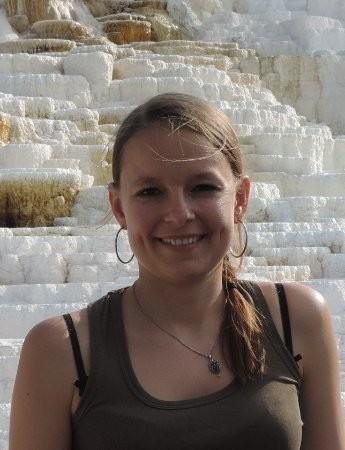
Laura Creon received her PhD from Pierre and Marie Curie University and IFP Energies nouvelles in 2015. She is specialized in analytical coupling for igneous petro-geochemistry problematics. She has done her first post-doc at the Institut Néel (2015-2016) where she studied in-situ X-ray spectroscopy. She continued with a second post-doc at the Universidad Nacional Autonomous de Mexico, UNAM (2016-2017) where she coupled X-ray tomography with igneous geochemistry. Following these two post-doc she took Research and teaching positions at Le Mans (2017-2018) and Sorbonne University (2018-2019) where she worked on the halogens solubility in Earth mantle minerals. She took her actual position as France Manager of X-ray tomography activity at SEMATEC Métrologie in April 2019.
CONSEILLERS SCIENTIFIQUES (mandat 2018-2021)
Hélène BUREAU
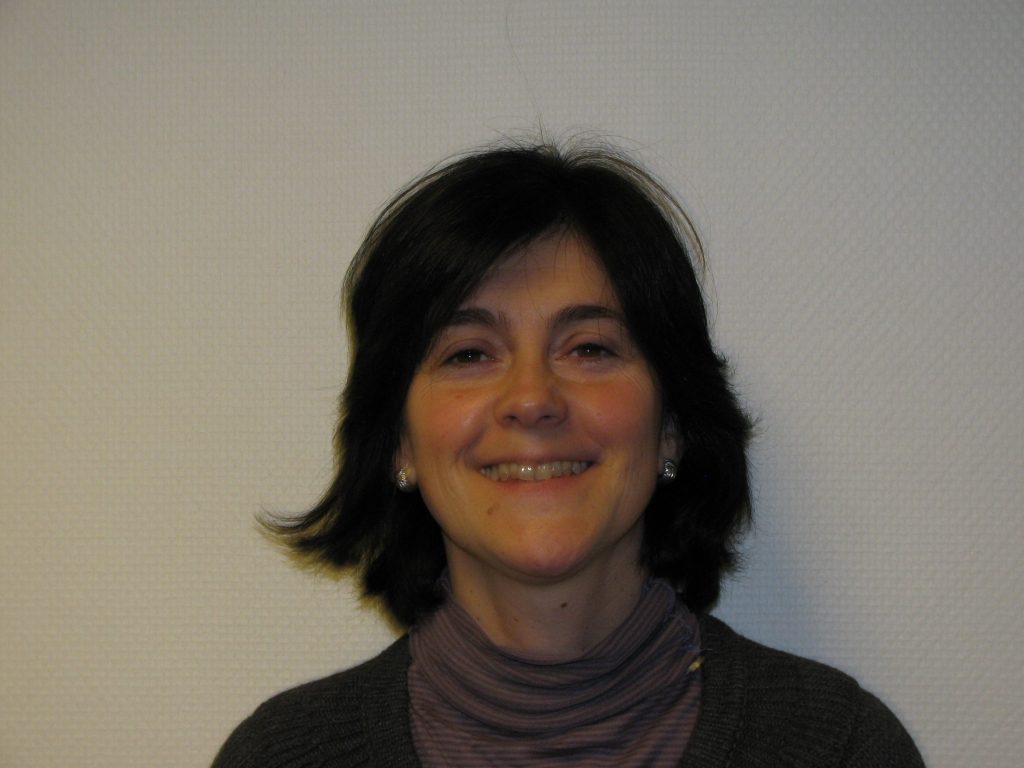
Hélène Bureau is a CNRS Research Director at the Institut de Minéralogie de Physique des Matériaux et de Cosmochimie (Sorbonne University). Her work is dedicated to the fate of volatile elements (hydrogen, carbon, halogen, etc.) inside the Earth: cycles and transfers, storage and origin. For this purpose she uses high pressure and temperature experimentation combined with in situcharacterisations (synchrotron radiation), micro-analysis methods by ion beam, and the comparison of experimental results with the study of natural samples. Her main subjects deal with the growing conditions of diamonds in the earth mantle, and the storage of volatile elements in the transition zone.
Sylvie DEMOUCHY
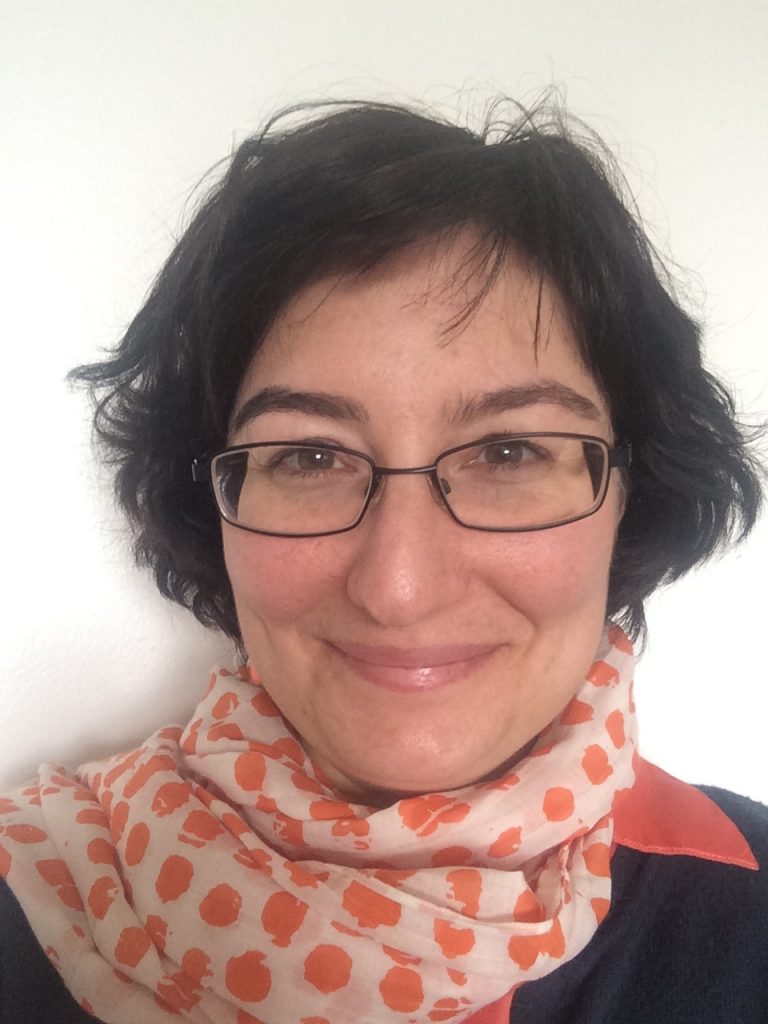
CNRS Researcher at Montpellier Géosciences with ageologist background, she specialised in the study of minerals in the earth upper mantle mainly using experimental techniques of high pressures and high temperatures.She studied crystalline defects and their impact on the physico-chemical properties of ultrabasic rocks and their minerals as well as the consequences in geodynamics (process of ion diffusion, incorporation of atomic impurities and plastic deformation).
Benoît DUBACQ
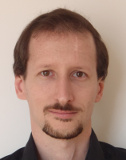
Benoît Dubacq is a CNRS researcher working at the Institut des Sciences de la Terre de Paris. He studies fluid-rock interactions in metamorphic rocks. His research uses thermodynamic modelling and crystal chemistry to better understand the history of rocks in the lithosphere via their pressure-temperature-time path. His recent work has focussed on the partitioning of trace elements between fluids and minerals.
Alexandre MUSSI
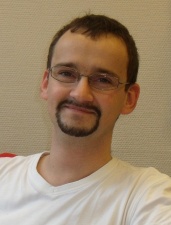
Alexandre Mussi is a Lecturer in Physics at the Unité Matériaux Et Transformations (UMET) of Lille University. He uses Transmission Electron Microscopy (TEM) to study the plasticity of deformed minerals under mantle and subduction conditions. He mainly characterises dislocations by the weak beam technique (WBDF) and Large-Angle Convergent-Beam Electron Diffraction(LACBED), and has developed the transmission electron tomography to characterize their sliding/climbing planes. He currently uses MET orientation mapping associated with EBSD characterisation techniques to study highly deformed minerals. His research primarily focuses on silicates.
Benjamin RONDEAU
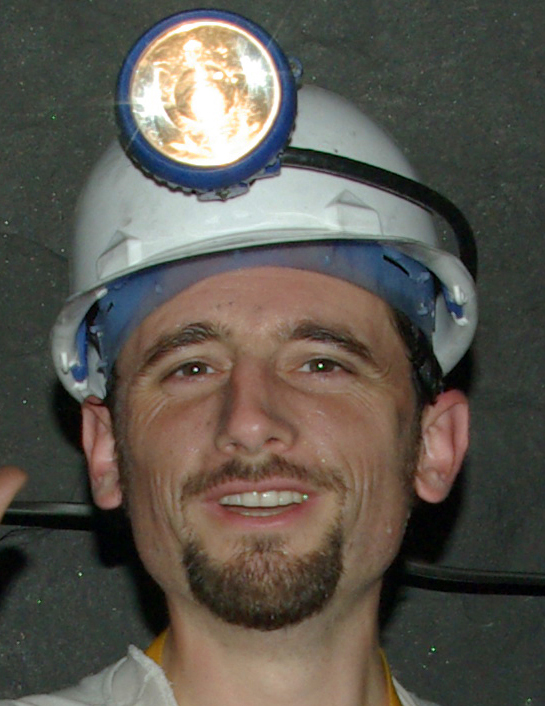
Benjamin Rondeau is a Lecturer at Nantes University. His research, conducted at the Laboratory of Planetology and Geodynamics, focuses on the properties of gems in general, and contributes to the establishment of criteria useful for gemmological expertise. His main activity focuses on the geology of gems, especially opal. This work now leads to the use of the opal as a marker of its formation conditions on Earth and Mars, in particular to reconstitute the paleoclimatic conditions on these planets.
COMMISSAIRES AUX COMPTES
Jannick INGRIN
CNRS Research Director at LMTG at the University of Lille. He is a specialist in experimental mineralogy, and is particularly interested in measuring the physico-chemical properties of minerals, atomic diffusion, deformation and reaction kinetics. His recent work deals with the speciation of water in the mantle’s anhydrous minerals.
Catherine MEVEL
Catherine Mével is an emeritus CNRS Research Director at the Institut de Physique du Globe de Paris. Her work concerns the lithosphere formed along the ocean ridges, and in particular its architecture and its interactions with sea water. Her approach combines the terrain (oceanographic expeditions) with petrology and geochemistry.
